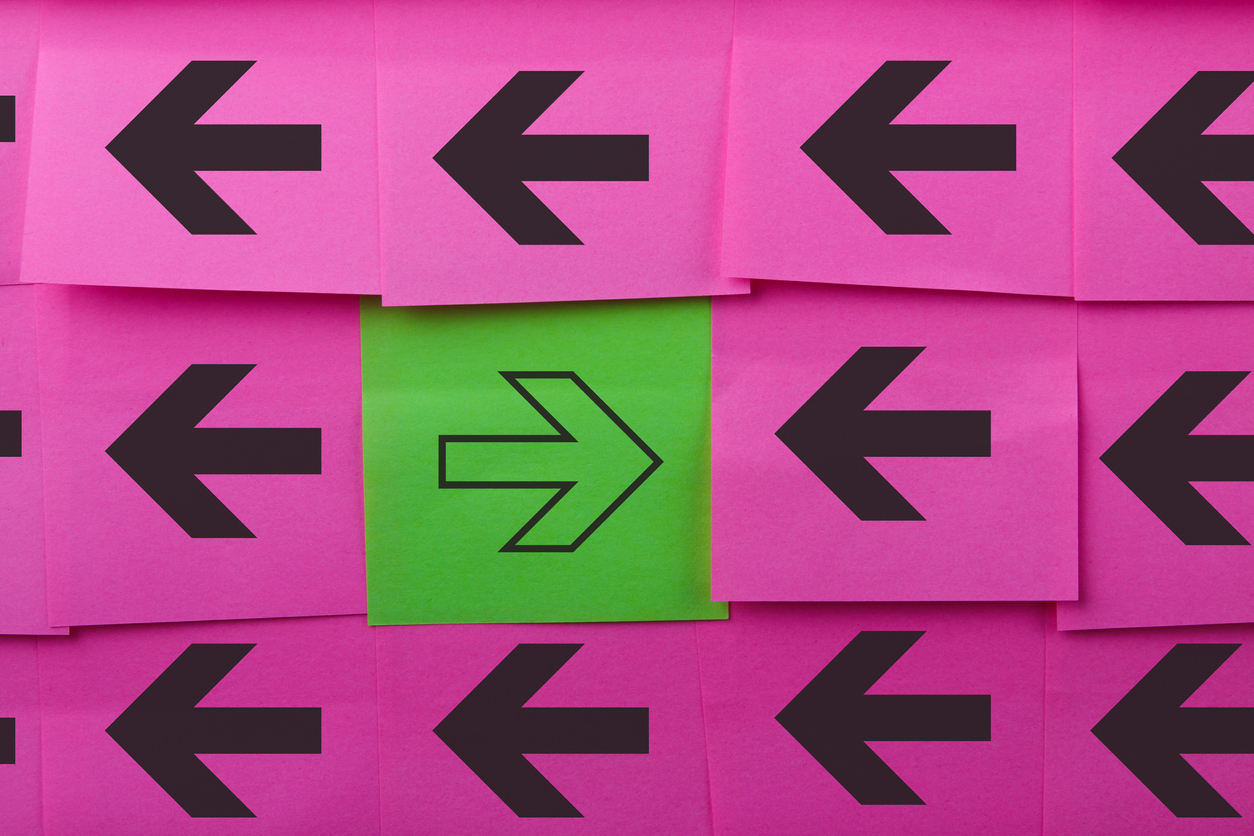Scanning paper documents is a simple concept: take your hard copy records, go through a conversion project, and come out on the other end with some digital files. Not too bad when you look at it from a high level.
But are all digital transformation projects with paper records the same? No!
The two main types of paper document scanning services are “backfile” and “go-forward” scanning projects and each has its reasons to exist, with similarities and differences between the two. In this article we’ll describe each type, the similarities and differences, and which one to tackle based on your current situation.
What Is Backfile Scanning?
Backfile scanning is digitizing your current hard copy records. You might have 500 boxes of files or three cabinets of records, but all of it is information that is not yet in an electronic format. It’s backlogged and needs to get scanned.
When you digitize these types of records, it’s referred to as “backfile scanning” because you’re taking care of your backlog!
What Is Go-Forward Scanning?
Go-forward document scanning (also known as “day forward scanning”) is digitizing the records that you’ll create from today into the future. Whether you need a backfile conversion or not, if you want to create electronic files going forward you’ll create a method to quickly get your records scanned and digitized so that you don’t create a backlog of hard copies.
Similarities With Backfile & Go-Forward Scanning
Backfile and go-forward scanning have a major similarity: scanning! Whichever type you need, both projects involve digitizing your records.
In addition to the conversion itself, backfile and go-forward scanning have a few other things that make them similar:
Differences Between Backfile & Go-Forward Scanning
In most cases, the biggest difference in backfile and go-forward scanning is the amount of records that need to be scanned.
Because backfile scanning automatically implies that the records have been accumulating for some amount of time, these projects are generally larger and include greater quantities of records.
Once the backfile scanning is complete (or if you’re going straight into go-forward), everything into the future is done as it appears, so instead of a big collection of records all at once, you’re getting your records scanned piecemeal on an on-going basis, or at least a semi-regularly basis so you don’t create another large backlog.
Another difference is that backfile scanning often concerns records that aren’t necessarily active files, meaning that clients don’t need to get into them much. Many times a backfile conversion includes records that need to be kept for retention purposes but are rarely used. On the other hand, go-forward scanning generally includes more active files because they’re scanned and converted as they’re created; they’re not decades old, but current files.
These aren’t hard and fast rules, but the differences between the two projects fall into these categories pretty often.
Which One You Should Do First
If you have both a backfile collection of documents as well as a need to do go-forward scanning, you may be wondering which is more important to set up first.
Every situation is different and this depends on your specific vision and requirements, though in general you may want to focus on your most active files first. By creating and executing a scanning and digitization plan for your most active files, you’ll reduce the hassle of physical records more quickly than if you do the “archive” records first.
On the flip side, if you decide to scan your backfile records first you won’t have to deal with active requests during the project (at least not as much as your go-forward active files). Also, you’ll likely clear out a good amount of space that the backfile documents were taking up.
Do You Have To Do Both?
No! It’s up to you if you need to do either.
For example, some clients create a go-forward process but just put their backfile records in storage because their retention schedule allows them to destroy the data after a few years, so they don’t feel the need to scan it. But they want to scan their current records so they don’t accumulate boxes of paper for the next few years until they can then dispose of these new files.
Another example is that you may want to scan your backfile collection because you still use it and want to get rid of the hard copies, but you don’t want to create a go-forward scanning process because you’re not creating the files anymore.
Using one method doesn’t mean you have to use the other, it’s completely up to you and your circumstances.
Next Steps
Reach out to us today! Click the “Get Your Quote” button below, fill out the form, and we’ll quickly reply to you to discuss your project.
Further Reading
Take a look at some more paper scanning articles:
“4.5 Secrets To Lowering Your Paper Scanning Price” delivers some juicy information that can help you keep your paper scanning costs down! An example is to prep your records before you send them to be scanned.
“The BMI Paper Scanning Process” illustrates our 9-step approach to scan your paper records. Steps include tagging boxes with barcodes, preparation, and post-scan image processing.
“Breaking Down The Box” is a primer on how to approach your paper scanning project. There may be more to your project than you realize, and this article will help you better understand what will be needed to digitize your records.

